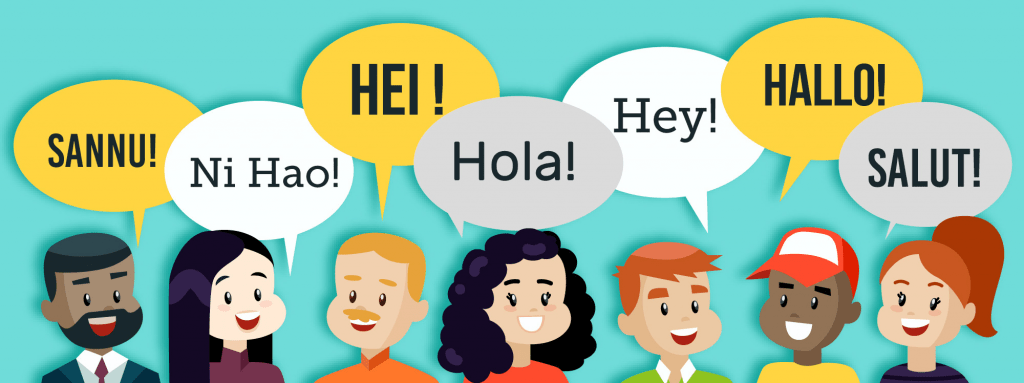72.1% of all customers spend most or all their time on websites in their own language.
HBR.ORG
Do your merchants struggle on going global? It is a common case, as the reason often is found deep inside how the Payment Flow is build.
6 out of 7 merchants prefer to use a gateway provider with multiple languages, even if the merchant is currently only present in one country.
Often we assume our customers speak english well enough and skip the translation step. In these cases we are all wrong.
In fact, there is an extremely strong link between in-language content and the consumers likeliness of purchasing in the merchants store.
Speak the language of your customers and you will win the market
Common Sense Advistory surveyed more than 2.400 consumers purchasing online in 8 countries, to learn and identify how language availablilties affected the purchase behaviors.
The result itself gave some very interesting highlights, when we discuss if – for WordPress, WPML – is required.
- 72.1% of all customers spend most or all their time on websites, in their own language
- 72.4% of customers said that they are more likely to purchase a product, if the information is available in their own language
- 56.2% of all customers said that the availability to gain more information in their own language, was more important than the price of the product.
Here we are reaching something interesting. More than half of the consumers are willing to pay a higher asking price if product information is provided in their own language.
The merchant can charge 5% more - and keep the consumers happy
Crazy to think about – right? Think if your merchant could charge 5% more on each product, simply by providing localized texts about the products and payments.
The above samples was the same, when asking for localized payment methods. In cases where there was no local payment methods or it was only explained in english, the consumer decreased their willingness to purchase.
Can you win Europe, by only being an English texted Payment Gateway?
Well, can you actually win the full European market by only being available in english. The surveys says no, but often the difficulties is that there is no alternatives than english.
A 2011 study from the European Commission corroborated Common Sense Advisory’s findings. The study got based on a Gallup survey of language preferences among internet users in 23 of the EU countries and revealed further similar findings:
42% will never purchase, unless the gateway is localized
- 90% of all internet users stated, when giving a coice, they always visit a website in their own language.
- 19% of all Europeans stated “no” in browsing websites in other language than their native.
- 42% would never purchase products nor services in any other language than their native.
Keep in mind here, that many Europeans are multilingual, the study still strongly state they prefer to purchase in the native language.
Obviously, a translation isn’t the only thing that makes the consumer purchase. But to ensure your merchant can reach an global customer base, fast and easy – it is the most frequently overlooked. We often tend to assume that it will be much more complicated to purchase translations, than it really is.
The IPP platform is currently translated into multiple different languages, and we are constantly adding in new – as the requests is coming up. This give you the easiest path to making your merchants succeed, without spending hundreds of ours on constant translations.
Still in doubt? Well, consider the fact that the translation market grew through the 2008/2009 recession. That can’t be a coincidence. All the smart companies knew that putting the eggs in one bag, is a challenge and generally bad for business.
So they started putting all marketing content eggs in different and localized bags.



